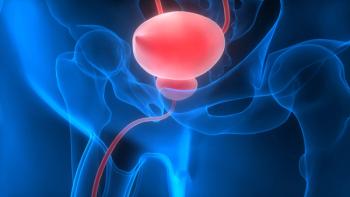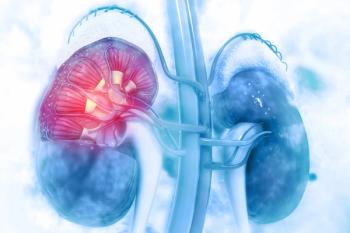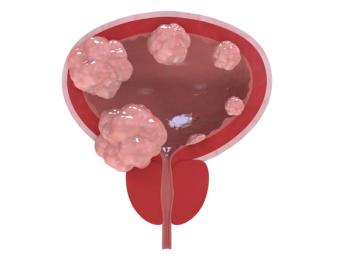
Entinostat May Add Benefit to High-Dose IL-2 in RCC
The combination of the novel histone deacetylase inhibitor entinostat and high-dose interleukin-2 yielded a promising response rate in patients with metastatic renal cell carcinoma.
The combination of the novel histone deacetylase (HDAC) inhibitor entinostat and high-dose interleukin-2 (IL-2) yielded a promising response rate in patients with metastatic renal cell carcinoma (RCC), according to a phase II trial. Results were presented at the 2016 American Society of Clinical Oncology (ASCO) Genitourinary Cancers Symposium, held January 7–9 in San Francisco (
High-dose IL-2 is approved for certain patients with metastatic RCC, with a collection of earlier trials showing an objective response rate of 15%, with some indicating higher rates. Preclinical studies have found a potentially synergistic effect of high-dose IL-2 and entinostat; the latter down-regulates FOXP3 expression in regulatory T cells (Tregs).
“Our hypothesis has been that the inhibitory effect of entinostat on Tregs may increase the response rate and progression-free survival in patients receiving high-dose IL-2,” said lead author Roberto Pili, MD, of Indiana University in Indianapolis.
In this trial, 47 patients were included, with a median age of 58 years. All had prior nephrectomy and an ECOG performance status of 0, and none had prior first-line systemic therapy. The metastatic sites included lungs (36%), lymph nodes (26%), bones (7%), and liver (6%).
At the time of the presentation, 40% of the patients were still receiving treatment; 37 patients were evaluable for response. The objective response rate was 35% (13 patients); 3 of those were complete responses and 10 were partial responses.
The median progression-free survival was 16.1 months, and the 3-year progression-free survival rate was 16%. The median progression-free survival among responders was 28.5 months, compared with 5.7 months in those who did not experience a response.
The most common grade 3 or higher adverse event was hypophosphatemia in 16.4%, followed by decreased lymphocytes (15.1%), hypocalcemia (7.2%), and others.
“These results suggest that the selective class I HDAC inhibitor entinostat may indeed increase the antitumor effect of high-dose IL-2 by modulating immunosuppressive cells,” Pili concluded.
The discussant for the session, Neeraj Agarwal, MD, of the Huntsman Cancer Institute at the University of Utah in Salt Lake City, noted that the response rate in this trial is the highest ever reported with high-dose IL-2 therapy. “However, the small sample size of the study means that it is at best hypothesis generating, and these results need to be evaluated in a large clinical trial,” he said. He added that stable disease, which was not reported in this trial of entinostat, should be included in future trials since it may represent meaningful clinical benefit.
Newsletter
Stay up to date on recent advances in the multidisciplinary approach to cancer.

















































































